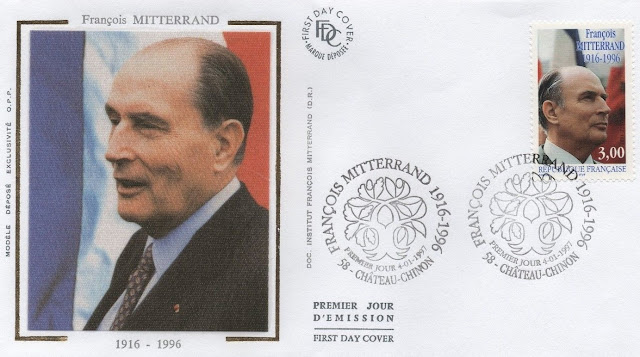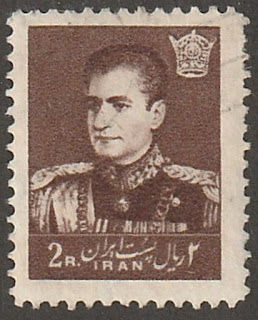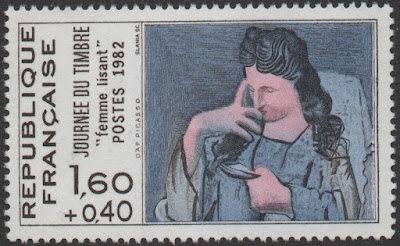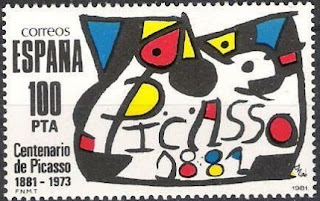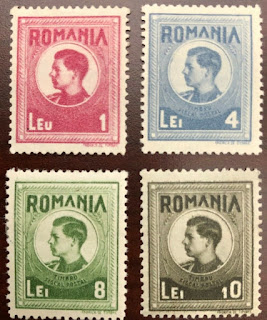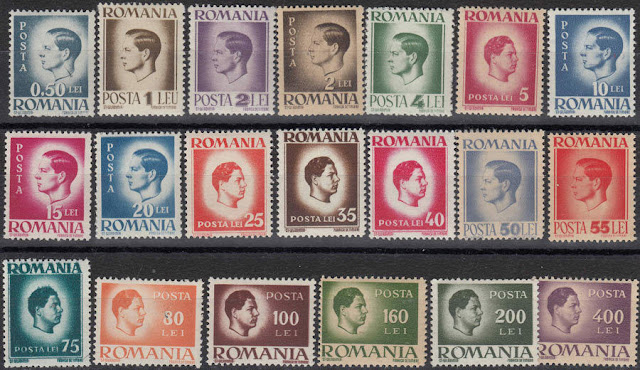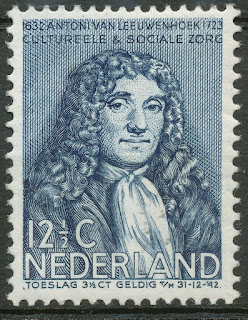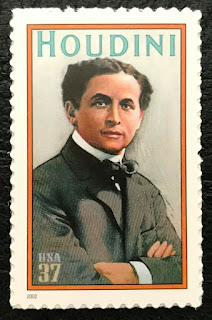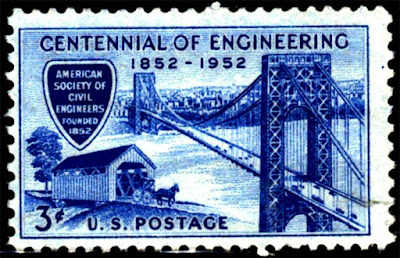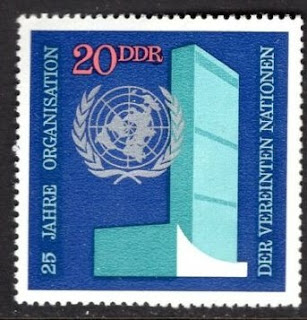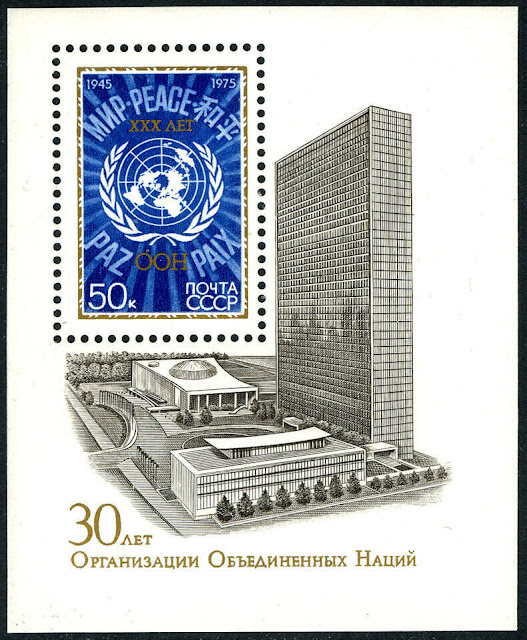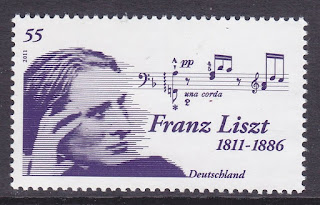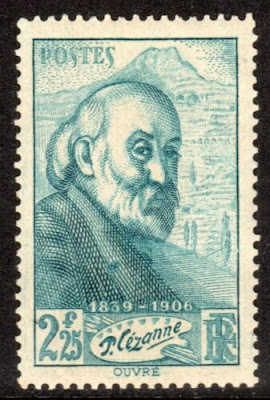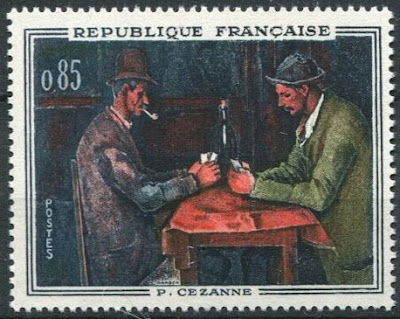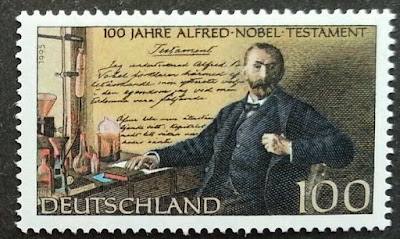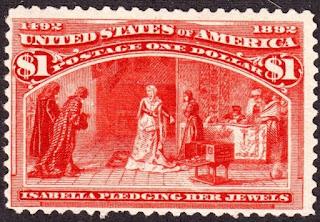Here are some events that happened on October 26th. It could be an event or a person that died or was born on that day
1825 – The Erie Canal opens, allowing direct passage from the Hudson River to Lake Erie.
The Erie Canal is a canal in New York, United States that is part of the east–west, cross-state route of the New York State Canal System (formerly known as the New York State Barge Canal). Originally, it ran 363 miles (584 km) from where Albany meets the Hudson River to where Buffalo meets Lake Erie. It was built to create a navigable water route from New York City and the Atlantic Ocean to the Great Lakes. When completed in 1825, it was the second longest canal in the world (after the Grand Canal in China) and greatly affected the development and economy of New York, New York City, and the United States.
1916 Born: François Mitterrand, French lawyer and politician, 21st President of France (d. 1996)
François Maurice Adrien Marie Mitterrand (26 October 1916 – 8 January 1996) was a French statesman who served as President of France from 1981 to 1995, the longest time in office in the history of France. As First Secretary of the Socialist Party, he was the first left-wing politician to assume the presidency under the Fifth Republic.
Reflecting family influences, Mitterrand started political life on the Catholic nationalist right. He served under the Vichy Regime during its earlier years. Subsequently he joined the Resistance, moved to the left, and held ministerial office several times under the Fourth Republic. He opposed de Gaulle's establishment of the Fifth Republic. Although at times a politically isolated figure, Mitterrand outmanoeuvered rivals to become the left's standard bearer at every presidential election from 1965–88; with the exception of 1969. Mitterrand was elected President at the 1981 presidential election. He was re-elected in 1988 and remained in office until 1995.
Mitterrand invited the Communist Party into his first government, which was a controversial decision at the time. In the event, the Communists were boxed in as junior partners and, rather than taking advantage, saw their support erode. They left the cabinet in 1984. Early in his first term, Mitterrand followed a radical left-wing economic agenda, including nationalisation of key firms, but after two years, with the economy in crisis, he reversed course. He pushed a socially liberal agenda with reforms such as the abolition of the death penalty, the 39-hour work week, and the end of a government monopoly in radio and television broadcasting. His foreign and defense policies built on those of his Gaullist predecessors.
His partnership with German Chancellor Helmut Kohl advanced European integration via the Maastricht Treaty, but he reluctantly accepted German reunification. During his time in office, he was a strong promoter of culture and implemented a range of costly "Grands Projets". He is the only French President to ever have named a female Prime Minister, Édith Cresson, in 1991. He was twice forced by the loss of a parliamentary majority into "cohabitation governments" with conservative cabinets led, respectively, by Jacques Chirac (1986–1988), and Édouard Balladur (1993–1995). Less than eight months after leaving office, Mitterrand died from the prostate cancer he had successfully concealed for most of his presidency.
Beyond making the French left electable, Mitterrand presided over the rise of the Socialist Party to dominance of the left, and the decline of the once-mighty Communist Party (as a share of the popular vote in the first presidential round, the Communists shrank from a peak of 21.27% in 1969 to 8.66% in 1995, at the end of Mitterrand's second term).
French First Day Cover depicting François Mitterrand
1919 Born: Mohammad Reza Pahlavi, Shah of Iran (d. 1980)
Mohammad Reza Pahlavi (26 October 1919 – 27 July 1980), also known as Mohammad Reza Shah, was the last King (Shah) of Iran from 16 September 1941 until his overthrow by the Iranian Revolution on 11 February 1979. Mohammad Reza Shah took the title Shahanshah ("King of Kings") on 26 October 1967. He was the second and last monarch of the House of Pahlavi. Mohammad Reza Shah Pahlavi held several other titles, including that of Aryamehr ("Light of the Aryans") and Bozorg Arteshtaran ("Commander-in-Chief"). His dream of what he referred to as a "Great Civilisation" in Iran led to a rapid industrial and military modernisation, as well as economic and social reforms.
Mohammad Reza came to power during World War II after an Anglo-Soviet invasion forced the abdication of his father, Reza Shah Pahlavi. During Mohammad Reza's reign, the British owned oil industry was briefly nationalised, under Prime Minister Mohammad Mosaddegh, until a UK and US -backed coup d'état deposed Mosaddegh and brought back foreign oil firms under the Consortium Agreement of 1954. Under Mohammad Reza's reign, Iran marked the anniversary of 2,500 years of continuous Persian monarchy since the founding of the Achaemenid Empire by Cyrus the Great – concurrent with this celebration, Mohammad Reza changed the benchmark of the Iranian calendar from the hegira to the beginning of the First Persian Empire, measured from Cyrus the Great's coronation. Mohammad Reza also introduced the White Revolution, a series of economic, social and political reforms with the proclaimed intention of transforming Iran into a global power and modernising the nation by nationalising certain industries and granting women suffrage.
Mohammad Reza gradually lost support from the Shi'a clergy of Iran as well as the working class, particularly due to his strong policy of modernisation, laïcité, conflict with the traditional class of wealthy merchants known as bazaaris, relations with Israel, and corruption issues surrounding himself and the royal family, and the ruling elite. Various additional controversial policies were enacted, including the banning of Communism and Marxism–Leninism including the Tudeh Party and a general suppression of political dissent by Iran's intelligence agency, SAVAK. According to official statistics, Iran had as many as 2,200 political prisoners in 1978, a number which multiplied rapidly as a result of the revolution.
Several other factors contributed to strong opposition to the Shah amongst certain groups within Iran, the most significant of which were US and UK support for his regime, and clashes with leftists and Islamists. By 1979, political unrest had transformed into a revolution which, on 17 January, forced him to leave Iran. Soon thereafter, the Iranian monarchy was formally abolished, and Iran was declared an Islamic republic led by Ruhollah Khomeini (known in the West as Ayatollah Khomeini). Facing likely execution should he return to Iran, he died in exile in Egypt, whose president, Anwar Sadat, had granted him asylum. Due to his status as the last Shah of Iran, he is often known as simply "The Shah".

